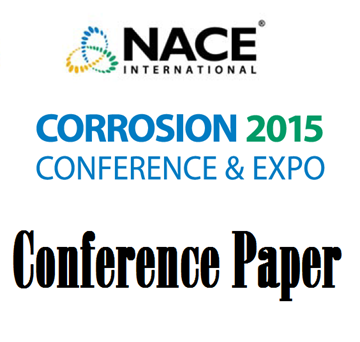Search
Products tagged with 'boiler'
View as
Sort by
Display
per page
03580 CHEMICAL CLEANING HRSG'S TOP 10 11 LESSONS LEARNED
Product Number:
51300-03580-SG
ISBN:
03580 20003 CP
Publication Date:
2003
$20.00
06536 CORROSION EFFECTS FROM HIGH IRON CONCENTRATION IN ALKALINE CHELANT BOILER CLEANING
Product Number:
51300-06536-SG
ISBN:
06536 2006 CP
Publication Date:
2006
$20.00
51318-11372-Selection of Superheater Materials for Biomass-fired Boilers
Product Number:
51318-11372-SG
Publication Date:
2018
$20.00
Case Study of the Premature Coating Failure on the Boiler Tubes
Product Number:
51324-21187-SG
Publication Date:
2024
$40.00
Recovery Boiler Tube Failure by Mechanisms of Stress-Assisted Corrosion and Phosphate Hideout
Product Number:
51315-6059-SG
ISBN:
6059 2015 CP
Publication Date:
2015
$20.00
TR46107-2020 “Control of Corrosion, Deposition, and Microbiological Growth in Heating, Ventilation, and Air Conditioning Recirculating Water Systems in Buildings”
Product Number:
TR46107-2020
Publication Date:
2020
$109.00
Tracer Studies in Boiler Scale and Corrosion Control
Product Number:
51323-19005-SG
Publication Date:
2023
$20.00







